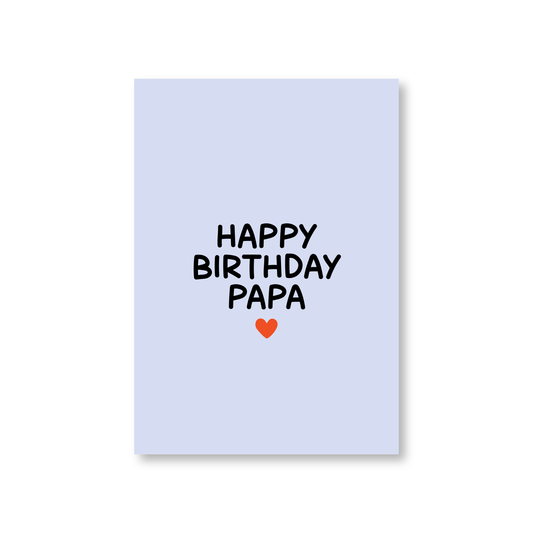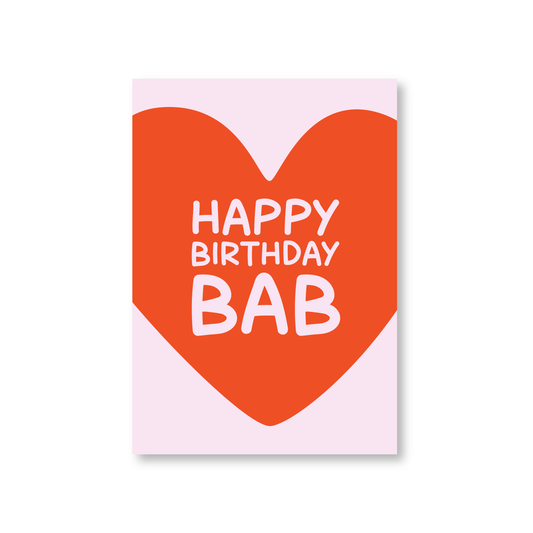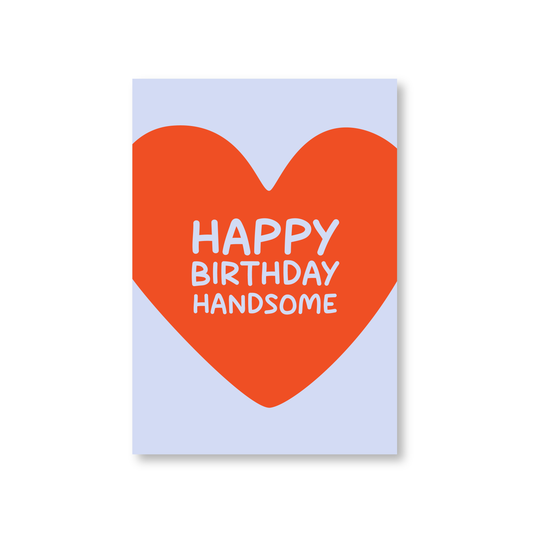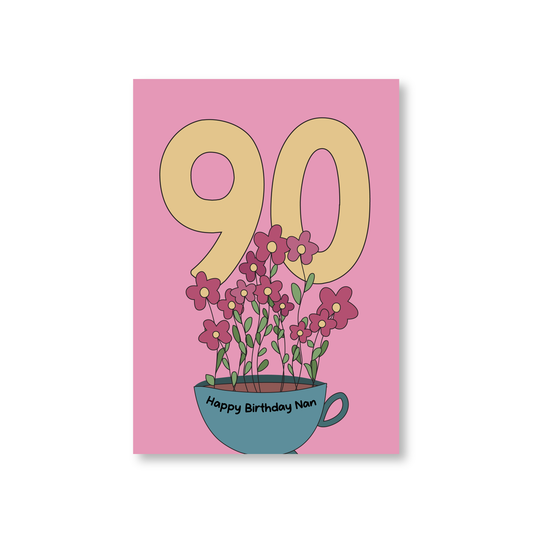
The Origins of the Happy Birthday Song
Share
Birthdays are a significant milestone in our lives, often marked by gatherings, gifts, and various customs that celebrate the passing of another year. This practice of commemorating birthdays is deeply rooted in history, with its origins stretching back to ancient times. The ancient Egyptians, for instance, celebrated the Pharaoh’s birthday with elaborate festivities, while the Romans took this concept further by throwing grand parties not just for their emperors but for ordinary citizens as well.
The idea of celebrating birthdays initially had strong religious and spiritual connotations. Many cultures believed that on one's birthday, spirits both good and evil were particularly attracted to the person, necessitating the need for protection and blessings. This belief led to the development of rituals and customs designed to ward off evil spirits and ensure good fortune for the year ahead. Over time, these rituals evolved and became less about spiritual protection and more about communal joy and festivity.
The practice of giving birthday gifts, for example, has its roots in ancient customs. Early gift-giving was intended to bring luck to the recipient and protect them from evil spirits. These offerings often included items that were believed to have protective properties. In contemporary times, gift-giving has become a way to show appreciation and love for the birthday individual, a shift from its more superstitious origins.
Similarly, the use of birthday cakes has a long and varied history. Ancient Greeks are said to have baked round cakes to honour Artemis, the goddess of the moon. They would place candles on these cakes to mimic the glow of the moon. This practice eventually morphed into the modern tradition of birthday cakes adorned with candles, where blowing out the candles and making a wish became a customary part of the celebration.
The way we observe birthdays today is a blend of these historical practices and more recent innovations. Family and friends gathering to share a meal, sing songs, and exchange gifts remains a central element. Over the centuries, the birthday celebration has shifted from a private, spiritually-oriented event to a communal, joy-filled occasion that emphasises togetherness and festivity.
Development of the Melody
The melody that we associate with the "Happy Birthday" song originated from a tune known as "Good Morning to All." Composed by the American sisters Patty Hill and Mildred J. Hill in the late 19th century, this tune was initially designed for use in kindergarten classrooms. Patty, a teacher herself, sought to create a simple and memorable song to greet her young students each morning. The melody of "Good Morning to All" quickly gained popularity due to its pleasant and easily singable nature.
As time went on, the melody transcended its original educational context and began to be utilised in various other settings. The transition from "Good Morning to All" to "Happy Birthday" was gradual, reflecting a broader cultural adaptation. This melody, characterised by its straightforward and engaging rhythm, became increasingly linked to birthday celebrations.
The adaptation of the melody to the birthday context can be attributed to its universal appeal and ease of recollection. It is said that the Hill sisters' composition naturally lent itself to new lyrics, including the now-ubiquitous "Happy Birthday to You." This change did not occur overnight but evolved as the melody's use broadened beyond classrooms and into the public sphere.
This tune's simplicity and charm facilitated its widespread acceptance. As people began singing it at birthday parties, it became an integral part of the celebratory experience. It is fascinating to observe how a melody intended for morning greetings in a classroom evolved into the cornerstone of birthday celebrations worldwide. This transformation underscores the power of music to transcend its original purpose and become an enduring cultural touchstone.
Over the years, the melody's association with birthdays has only strengthened, becoming a quintessential part of how we celebrate. Its journey from a classroom greeting to a global birthday anthem highlights the dynamic nature of traditions and how they can be reshaped and recontextualised over time.
Integration of the Lyrics
The addition of the lyrics "Happy Birthday to You" to the original tune "Good Morning to All" did not happen overnight. It is believed that these new words were added in the early 20th century, although the exact timeline remains somewhat unclear. The simplicity and charm of the melody made it an ideal candidate for new lyrics, and "Happy Birthday to You" fit seamlessly with the original tune.
The initial verses were likely crafted by those who recognised the potential of the melody to serve a broader purpose. This transformation was not driven by any single event but rather through gradual adaptation and adoption by the public. As birthday celebrations became more widespread and standardised, so too did the song. People found that singing these new lyrics during birthday gatherings added a special touch to the festivities.
The song's journey from a classroom greeting to a birthday staple was aided by its straightforward, easily remembered words. The universal nature of the lyrics made them accessible to people of all ages, which contributed to their rapid acceptance. Over time, "Happy Birthday to You" became an integral part of birthday celebrations, resonating with the communal and joyous spirit of such events.
Cultural factors also played a significant role in the song's integration. As the 20th century progressed, the song began to appear in various media, from radio broadcasts to early television programmes. This exposure further cemented its place in popular culture. By mid-century, "Happy Birthday to You" was a well-established part of birthday rituals across numerous countries.
Interestingly, the song's adoption was not limited to English-speaking regions. Translations and adaptations in various languages ensured its global reach. While the words might differ, the underlying sentiment remained the same, making it a unifying element in birthday celebrations worldwide. Thus, the integration of these lyrics with the original melody marked the creation of a truly international tradition.
Contemporary Interpretations
The "Happy Birthday" song has evolved and been adapted in numerous ways across different cultures and languages. In many countries, alternative birthday songs have emerged, incorporating local traditions and linguistic nuances. Nevertheless, the core sentiment of the song remains unchanged, encapsulating the joy and well-wishes associated with celebrating another year of life.
Technology has significantly contributed to the song's global dissemination. The internet and digital media have enabled people worldwide to access various renditions of "Happy Birthday." From classical choral versions to modern pop adaptations, these diverse interpretations are readily available on platforms like YouTube and streaming services. This accessibility has allowed individuals to personalise their birthday celebrations with versions of the song that resonate most with them.
In addition to these modern adaptations, the song has also been a canvas for creativity. Artists and musicians often infuse their own style into the melody, resulting in unique and memorable performances. These variations not only keep the tradition fresh but also allow for a more personalised touch during celebrations.
Moreover, the song's presence in popular culture has reinforced its ubiquity. It is frequently featured in films, television shows, and advertisements, further embedding it into the collective consciousness. This widespread exposure ensures that the song remains a familiar and cherished part of birthday festivities.
Interestingly, the "Happy Birthday" song has also found its way into public and communal spaces. It is commonly sung in restaurants, schools, and workplaces, often bringing together people who might not know each other well. In these settings, the song serves as a unifying force, momentarily creating a sense of community among strangers.
Through these various interpretations and adaptations, the "Happy Birthday" song continues to be a dynamic and integral part of birthday celebrations around the world, bridging cultural and linguistic divides while retaining its heartfelt essence.
Reasons We Sing It Today
The act of singing "Happy Birthday" serves as an important communal ritual in our lives. When we gather around to sing, it creates a collective moment of joy and connection, uniting everyone present in celebrating the individual's special day. The simplicity and recognisability of the melody and lyrics make it easy for everyone to join in, regardless of age or musical ability, reinforcing a sense of togetherness.
Singing "Happy Birthday" is also a way to honour and acknowledge the individual, putting them at the centre of attention and making them feel valued and cherished. This small act of collective singing can bring a deep sense of belonging and emotional warmth to the birthday person, strengthening social bonds and enhancing relationships.
Moreover, the song marks a transition point, signalling the end of one year and the beginning of another. It encourages both the celebrant and the attendees to reflect on the past year and look forward to new experiences and milestones. This moment of shared reflection adds a meaningful layer to the celebration, making it more than just a festive gathering.
In addition to its emotional and symbolic significance, singing "Happy Birthday" has become a widely recognised cultural norm. Its ubiquity in media, public spaces, and private gatherings ensures that it remains an integral part of how we observe birthdays. Despite changes in how we celebrate, this song endures as a timeless element, embodying the essence of communal joy and individual recognition.


















